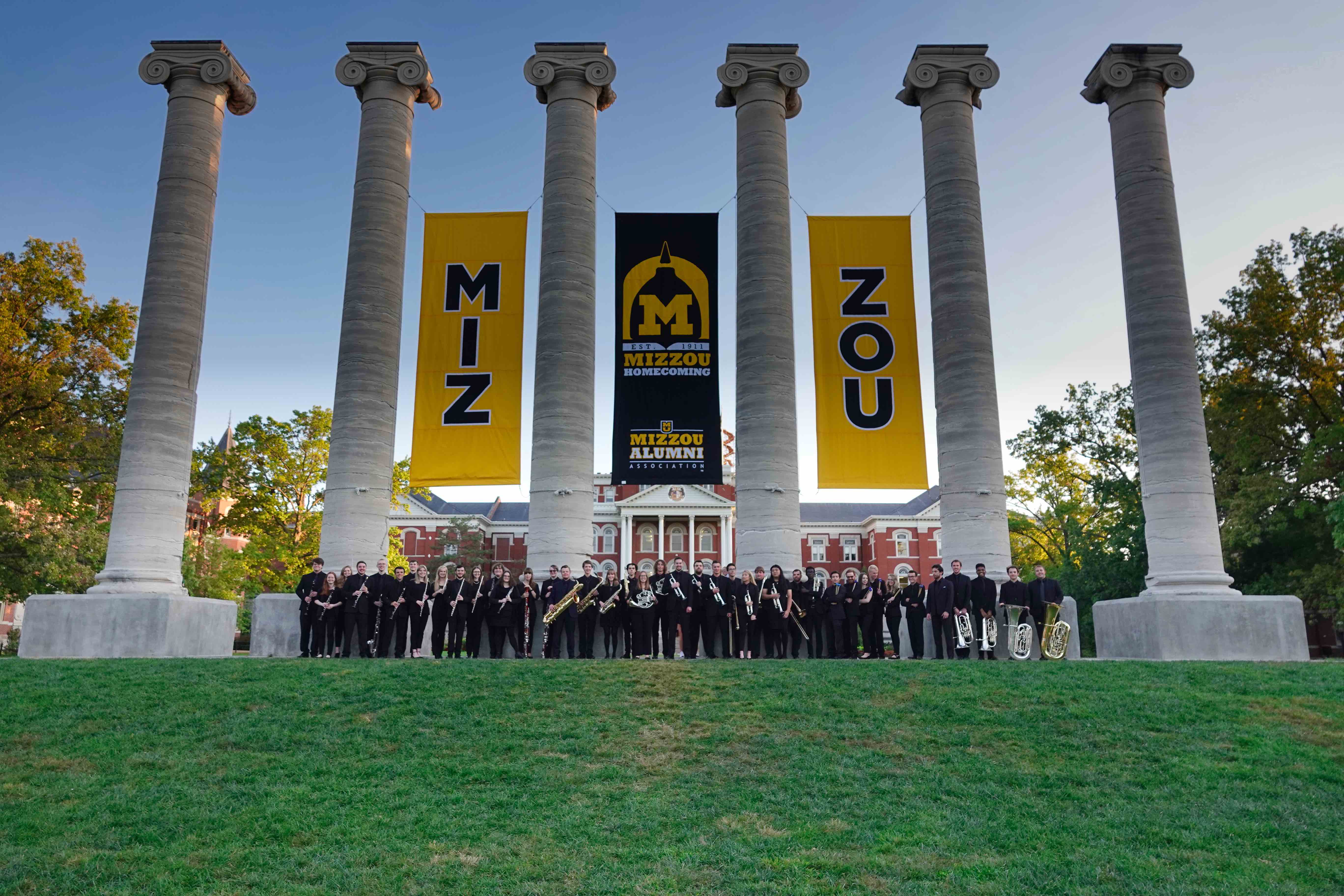
University of Missouri Wind Ensemble
Program Notes
American Overture for Band (1953) ………………...…….. Joseph Willcox Jenkins (1928-2014)
Joseph Willcox Jenkins was born in Philadelphia and started composing at the same time he began taking piano lessons as a young boy. He studied formally with composer Vincent Persichetti at the Philadelphia Conservatory of Music while simultaneously pursuing a pre-law degree at the nearby St. Joseph’s College. Further musical studies followed at the Eastman School of Music in Rochester, New York, where Jenkins earned both bachelor’s and master’s degrees and counted among his mentors more luminaries of American classical music, including Howard Hanson and Bernard Rogers.
Jenkins embarked on his professional career by joining the military and serving on the arranging staff of the U.S. Army Field Band at Fort Meade, Maryland. With the goal of showcasing the superb horn section of that band, Jenkins composed his American Overture for Band in 1953. Although he wrote the work for the Army Field Band, the overture quickly gained attention from the band community at large and has since become one of the most often performed works in the concert band repertoire.
American Overture for Band calls for skilled playing by several sections, especially the French horns. It is written in a neo-modal style being flavored strongly with both Lydian and Mixolydian mode. Its musical architecture is a very free adaptation of the sonata form. The music material borders on the folk tune idiom, although there are no direct quotes from any folk tunes. It was the composer’s first band piece and remains his most successful work.
Echoes (2022) ………………............................................................…….. Luis Hermano Bezerra
Echoes is inspired by the phenomenon of reverberation and reflects the persistence of an initial sound after its first attack. The opening signal of this natural event becomes quieter as the waves are absorbed by the surfaces around the sound source. The music mirrors this process. A shattering mass of sound is followed by both long and repeated notes transported from one family of instruments to the other. Just as in nature, the reflection navigates through the band's medium. The music abounds in wave-like patterns of rise and fall—crescendo and decrescendo as well as tension and relaxation. Furthermore, the shape of the piece translates this event as it assumes a softer character towards its conclusion. The cycle of sound comes to an end.
Wind Ensemble
Spring 2022
Dr. Brian A. Silvey, conductor

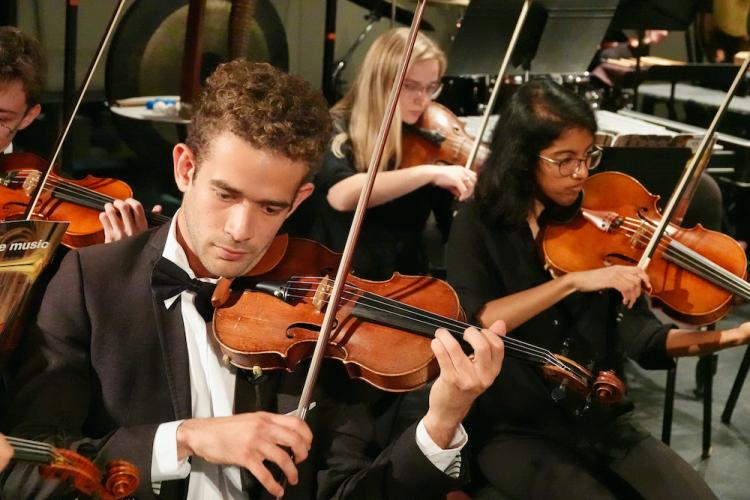
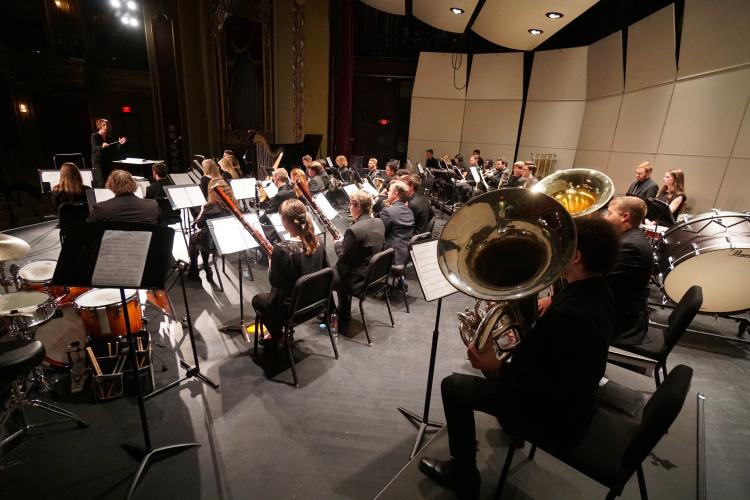
Piccolo
Nicholas Wu
Flute
Jillian Russell
Emily Schlittler
Lauren Marino
Oboe and English Horn
Kara Donnelly
Matthew Barnes
Graham Bond
B-Flat Clarinet
Mitchell Sidden
James Langen
John Bell
Meghan Brown
Riley Siebert
Elizabeth Ganey
Meg Swords
Tricia Carver-Horner
Bass Clarinet
Allison Davis
Alto Saxophone
Zach Nenaber
Logan King
Tenor Saxophone
Andrea Lee
Baritone Saxophone
Jackson Huenefeldt
Bassoon
Jack Snelling
Trumpet
Carlot Dorve
Alex Weinzierl
Erik Kvam
Nathan Lowry
Emily Gilley
Faith Hall
Horn
Maddie Hogan
Sydnee Hendrickson
Kayla Modlin
Hayden Alley
Trombone
Robert Fears
Tyler Martindale
Hunter Hamby, bass
Euphonium
Mackenzie Chosy
Jacob Presler
Tuba
Wyatt Moore
Adam Johnston
Percussion
Jeremiah Ingram
Emily Miclon
Liz Fetzer
Mac McPike
Chloe Hart
Alex Baur
Colton Johnson
Piano
Mackenzie Harrington
String Bass
Sammy Asel
Chiyedza Mbira Ensemble
Megan Arns, director
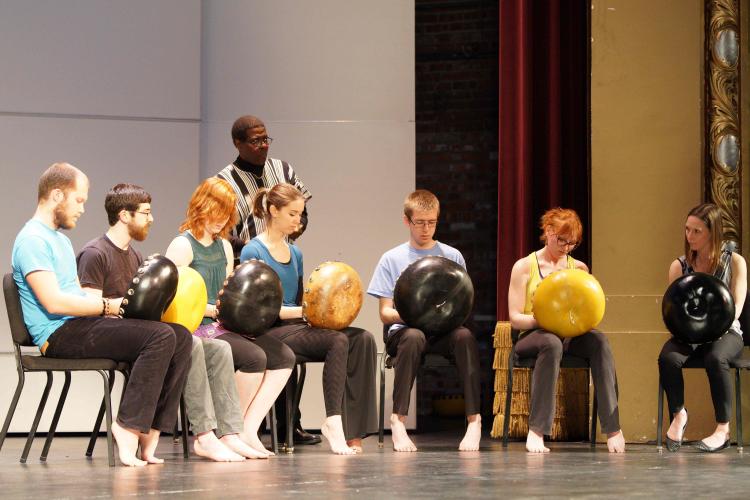

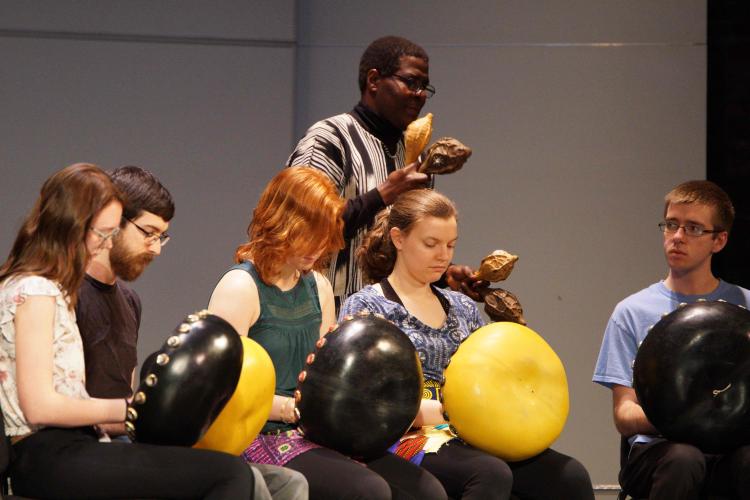
Program Notes:
- Chigwaya (traditional Shona - as taught by Patience Munjeri)
- Nhemamusasa (traditional Shona - as taught by Musekiwa Chingodza)
Morgan Matsiga, guest musician
Elizabeth Derner
Liz Fetzer
Colton Johnson
Stephen Landy
Emily Miclon
Jordan Nielsen
Ethan Welker